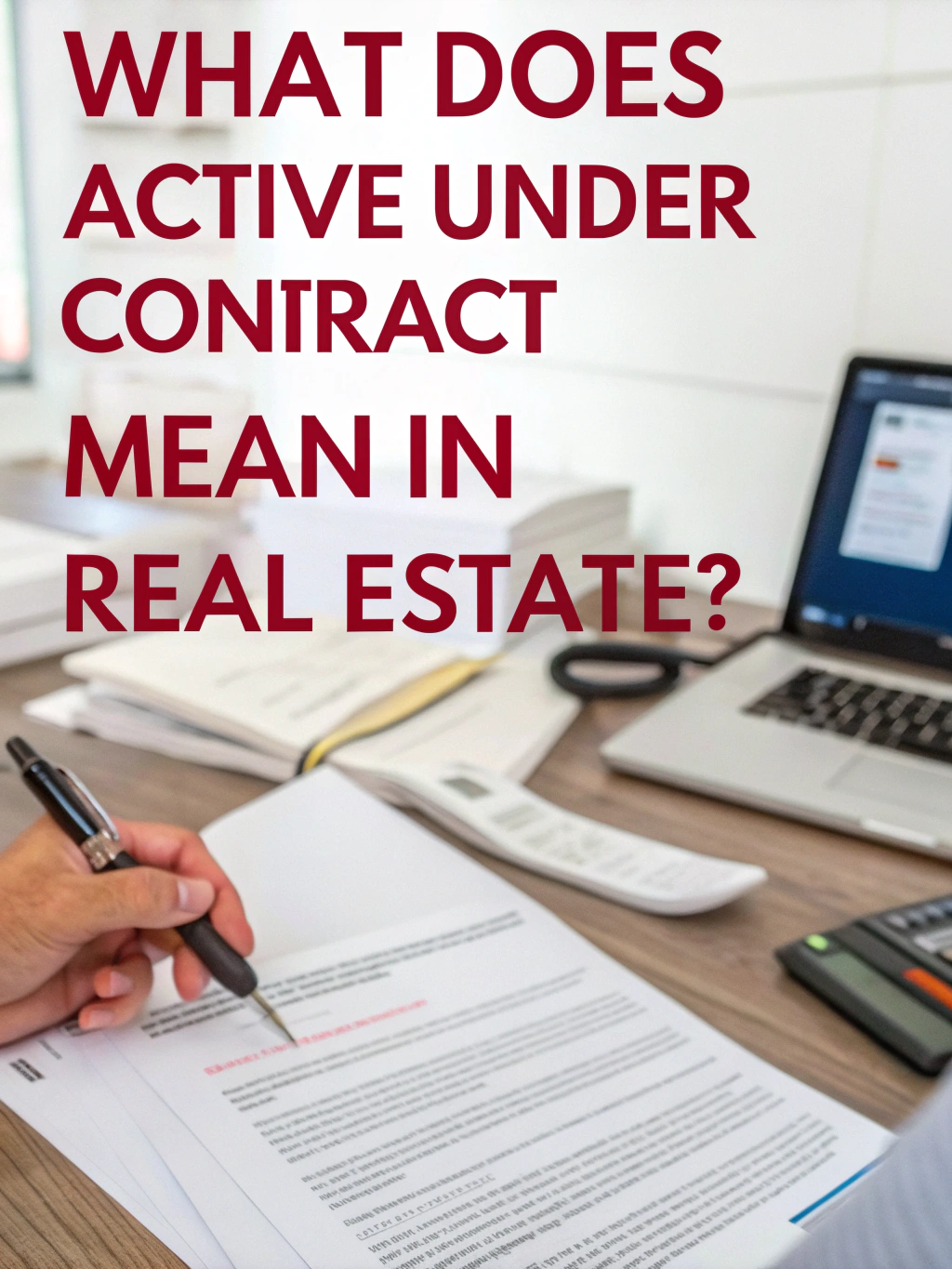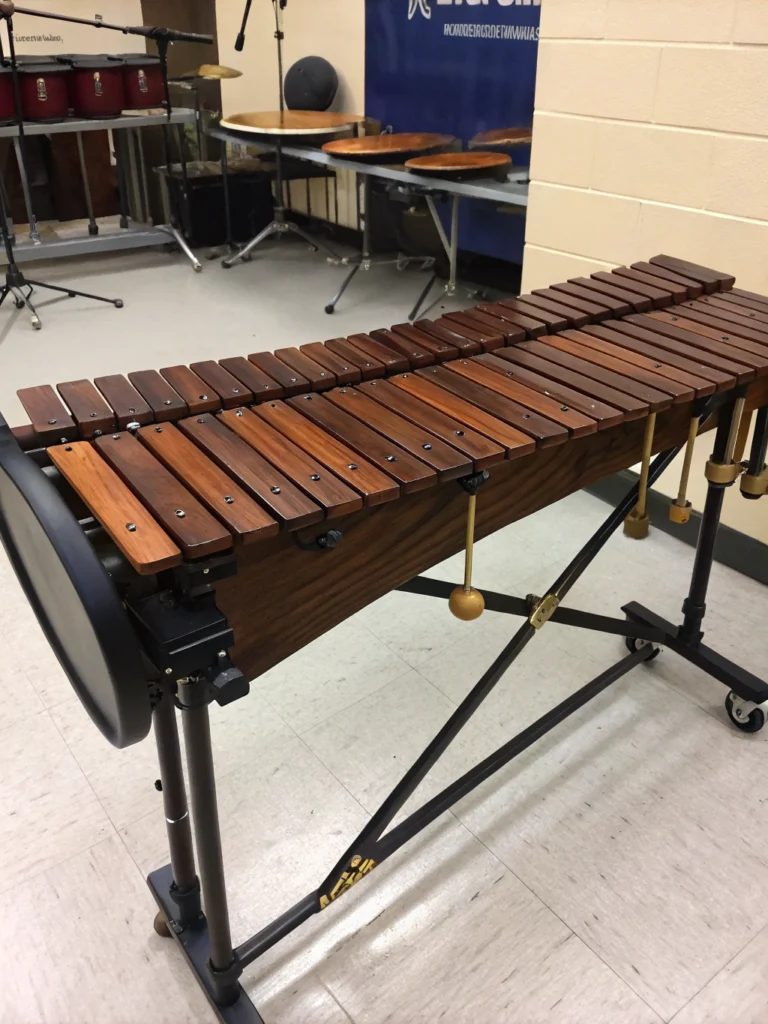What Does Active Under Contract Mean In Real Estate?
Table of Contents
Introduction
Have you ever spotted a dream home online, only to see the puzzling “active under contract” status that left you wondering if you can still make an offer? This common real estate term causes confusion for nearly 68% of first-time homebuyers, according to a 2023 National Association of Realtors survey. If you’re what does active under contract mean in the real estate market, you’re not alone. This status indicates a property that has accepted an offer but is still technically on the market—creating a unique situation that affects both buyers and sellers in different ways.
Key Information Snapshot
- Definition: A property that has accepted an offer but hasn’t yet closed
- Can you make an offer?: Yes, but as a backup position
- Different from “Pending”?: Yes, active under contract properties still accept backup offers
- Average duration: 30-45 days before moving to pending or closed status
- Success rate: Approximately 80-85% of active under contract meaning properties proceed to closing
Detailed Explanation
What Exactly Does “Active Under Contract” Mean?
When a property is listed as active under contract, it means the seller has accepted an offer from a buyer, but various contingencies need to be satisfied before the sale finalizes. Unlike a pending status, the property remains on the market and is still shown in MLS (Multiple Listing Service) listings.
Key Contingencies That Keep Properties “Active”
Most active under contract situations involve these common contingencies:
- Home Inspection: The buyer verifies the property’s condition
- Financing Approval: The buyer secures final mortgage approval
- Appraisal: The property must appraise at or above the agreed purchase price
- Title Search: Confirms the seller has clear ownership rights
The Legal Binding Status
Despite remaining “active,” there is a legally binding agreement between the buyer and seller. The original buyer has first rights to the property as long as they fulfill the contingencies within the specified timeframe, typically 30-45 days.
Related Facts or Tips
Did you know? About 15-20% of active under contract homes return to active status due to contingencies not being met.
Tip: If you’re interested in a property that’s active under contract, ask your realtor to find out which contingencies are in place, as this reveals the likelihood of the deal falling through.
Regional Variation: In some states like California, this status is sometimes called “Active Contingent” instead of active under contract.
Timing Insight: January through March sees the highest percentage of contracts falling through (approximately 17%), making winter a good time to pursue homes with this status.
Common Questions (FAQs)
Can I make an offer on a house that’s active under contract?
Yes, you can make an offer, but understand it will be considered a “backup offer.” If the original contract falls through, your offer may be considered next without the property going back on the market.
What’s the difference between “pending” and “active under contract”?
Pending means all contingencies have been removed, and the sale is moving toward closing. The property is no longer actively marketed. Active under contract means contingencies still exist, and the seller is accepting backup offers.
How long does a property typically stay active under contract?
Most properties remain in this status for 30-45 days before either moving to pending or reverting to active status.
What are the chances of an active under contract home becoming available again?
Statistics show approximately 15-20% of contracts fall through, with inspection issues and financing problems being the primary reasons.
Practical Applications for Buyers and Sellers
For Buyers Interested in Active Under Contract Properties
Submit a backup offer: Make it strong and compelling to stand out if the original deal falls through.
Request updates: Ask your agent to stay in regular contact with the listing agent for status updates.
Be prepared to move quickly: Have financing pre-approval and be ready to act if the property becomes available.
For Sellers with Property Active Under Contract
Continue showing the property: This maintains market interest and potential backup offers.
Maintain clear communication: Establish regular check-ins with your agent about the buyer’s progress through contingencies.
Set deadlines: Ensure all contingency periods have clear timelines to prevent indefinite delays.
Mistakes to Avoid
For Buyers:
- Don’t assume it’s a lost cause: Many contracts do fall through, giving backup offers a chance.
- Avoid low-ball backup offers: Sellers are unlikely to consider weak backup offers if the original contract fails.
- Don’t skip ongoing home searches: Continue viewing other properties while waiting on a backup offer.
For Sellers:
- Don’t stop marketing the property: Continue allowing showings until all contingencies are cleared.
- Avoid ignoring backup offers: These could become valuable if the original deal falls through.
- Don’t neglect property maintenance: The home might need another inspection if it returns to active status.
Conclusion
Understanding what active under contract means gives you a strategic advantage in the real estate market. For buyers, it represents opportunity—a chance to position yourself as next in line for a property you love. For sellers, it provides security by keeping the market engaged while your primary deal progresses. The key is staying informed about contingencies and maintaining realistic expectations about the roughly 15-20% chance the property might become available again. Have you encountered an active under contract property in your real estate journey? Share your experience or questions in the comments below!






